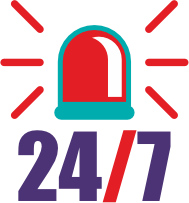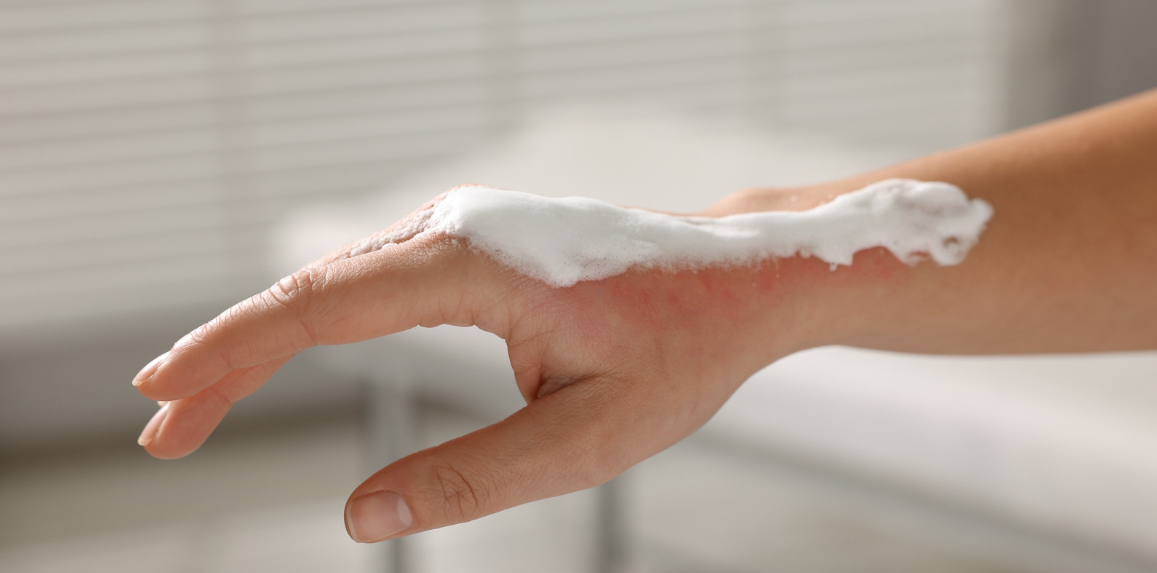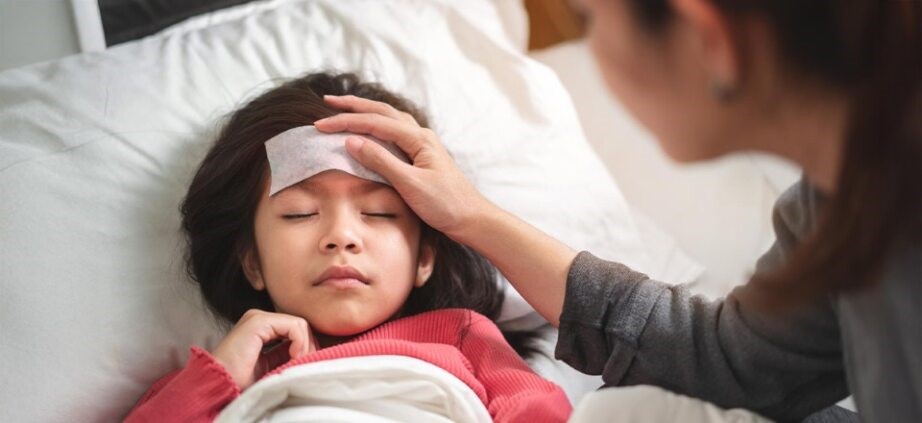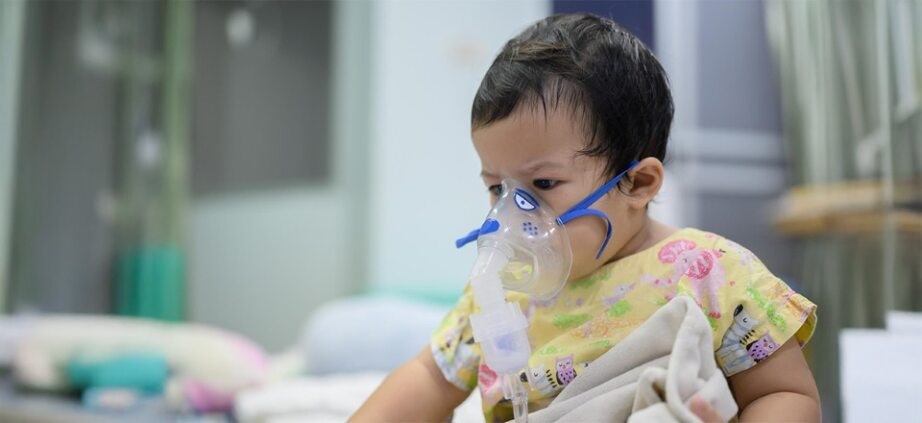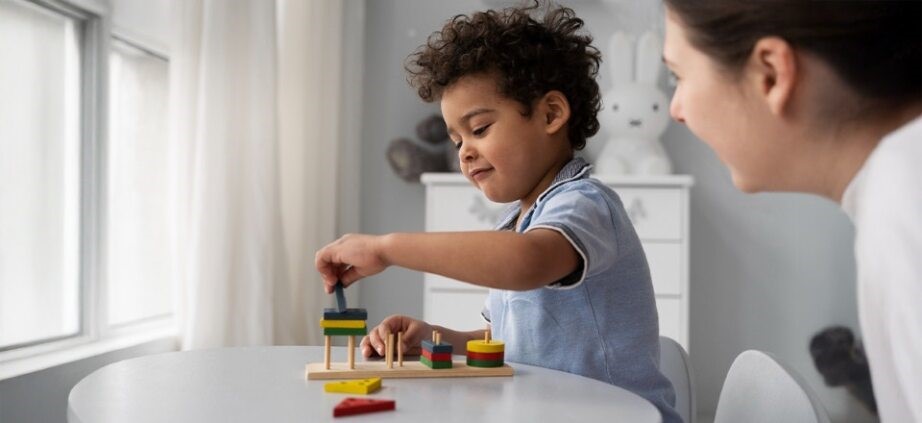Categories
How to Handle Burn Injuries in Kids: A Practical Guide
Jan 17, 2025
In this blog, we’ll discuss what to do in such situations, what to avoid, when to seek medical attention, and how doctors typically manage burn injuries.
Do’s:
- Cool the burn: Gently wash the burn area under running cool
water(NOT ice water) for at least 10-15 minutes.
- Clean the area: Use mild soap to clean the area carefully,
then pat dry the wound with a clean cloth.
- Apply aloe gel/bacitracin ointment: If available, apply a thin layer of aloe vera
gel for superficial burns to soothe the skin.
Don’ts:
- Avoid home remedies: Do not apply toothpaste, turmeric, butter, or
any ointment. These can worsen the injury or make it difficult for doctors
to assess the wound.
- Don’t use cotton: Avoid covering the wound with cotton as the fibres
can stick to the injured area, causing further pain and complications.
When to bring your child to the Hospital?
Certain situations
require immediate medical attention. Bring your child to the hospital if:
- The burn is on the hands, feet, face, or
private areas.
- The burn covers an area larger than the size
of your hand.
- Near a joint or covers any part of your body
all around
What happens at the Hospital?
When you arrive at the
hospital, the medical team will:
- Inspect the wound: Assess the degree and severity of the burn.
- Determine treatment: Decide whether the child can be treated at
home or needs to be admitted for further care.
- Plan management: Provide appropriate care and plan further
course of treatment
Preventing burns is
always better than treating them. Burn injuries can be frightening, but knowing
how to respond quickly and effectively can help minimize the damage and
discomfort. Stay safe and take care!
Our 24/7 Consultant
Led Advanced Pediatric Emergency Services are always prepared to handle any
health emergency your child may face!

